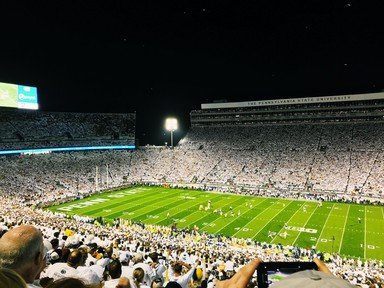Quiz Answer Key and Fun Facts
1. The 1932 NFL season ended with the Chicago Bears and Portsmouth Spartans having identical records. The league title was decided in a game between the two teams, forced indoors because of a blizzard. The success of that single game fostered several rule changes the next year. Which rule listed below was not among those changes?
2. I led the NFL in rushing as a rookie in 1938, then again in 1940. But my career in football lasted only three seasons and most people remember me more for my 31 years on the United States Supreme Court. Who am I?
3. It's not bragging for me to tell you that I am the best coach who ever was, and I was at my best in the 1930s. My team won four titles from 1930-39, more than any other NFL team in that decade. How good was I? Well, when I died, they'd barely put me under the frozen tundra before naming a stadium after me. Who am I?
4. Often in the 1930s, the easiest way to name a football team was to just copy the name of a baseball team. Of the baseball team names listed below, which one was never an NFL team?
5. Don't call me the "Jerry Rice of his day." I was the first big-play receiver in the NFL. I scored 102 touchdowns in my 116 game career, averaging 17.2 yards per catch. Jerry's great, but he and everyone else worth talking about should be called the "[My name] of their day." Who am I?
6. Something taken for granted today occurred for the first time ever on October 22, 1939, in a game between the Philadelphia Eagles and the Brooklyn Dodgers. What was that?
7. What was the novel, if facetious, method New York Giants coach Steve Owen once suggested using to stop the Chicago Bears' Bronko Nagurski?
8. What NFL tradition did Detroit Lions owner George Richards adapt for his team in 1934?
9. Sammy Baugh's talents as a passer, defensive back, and punter, and his colorful Texas ways, made him a visible figure on the NFL scene starting in his rookie 1937 season and going into the 1950s when he retired. What was Sammy's nickname?
10. In 1934, Beattie Feathers of the Chicago Bears did something that had never been done before, but that, even today, remains a standard for a talented NFL running back. What did he do?
Source: Author
d2407
This quiz was reviewed by FunTrivia editor
Nightmare before going online.
Any errors found in FunTrivia content are routinely corrected through our feedback system.

